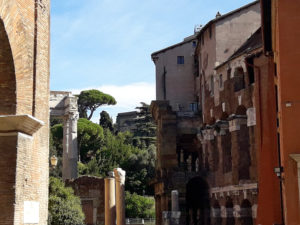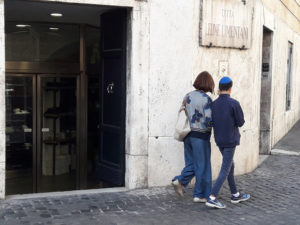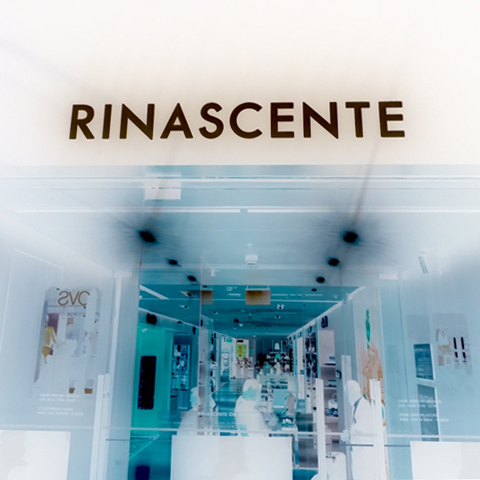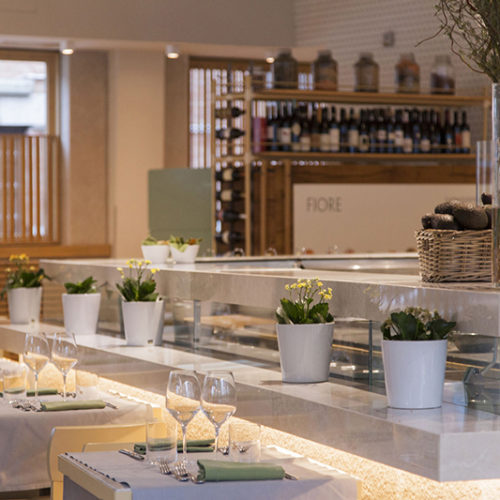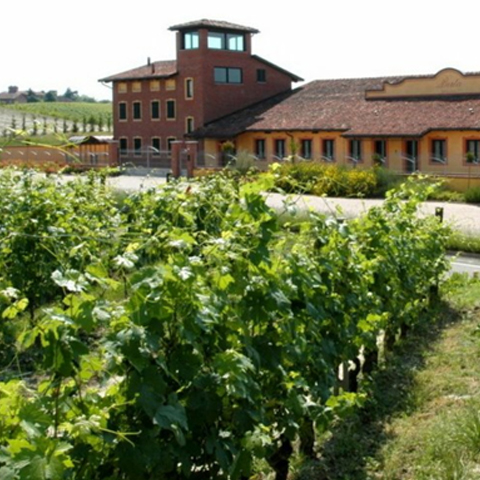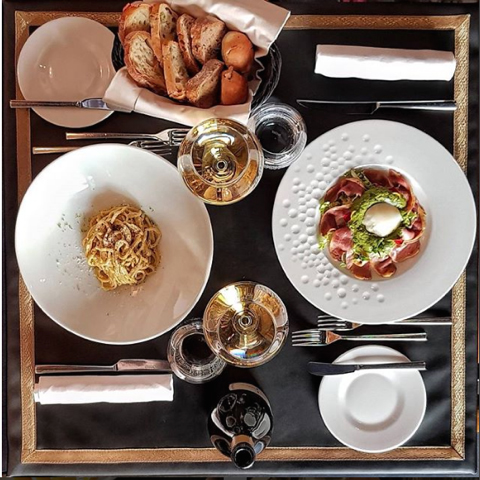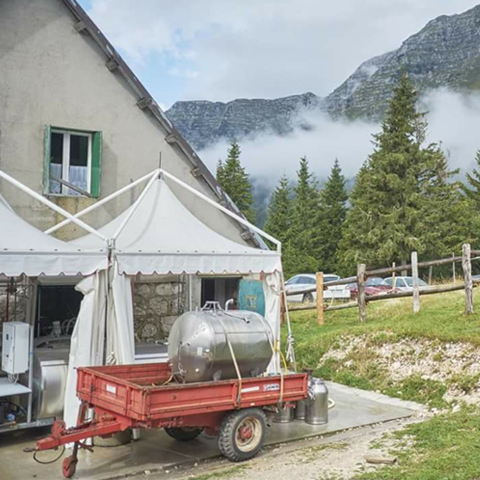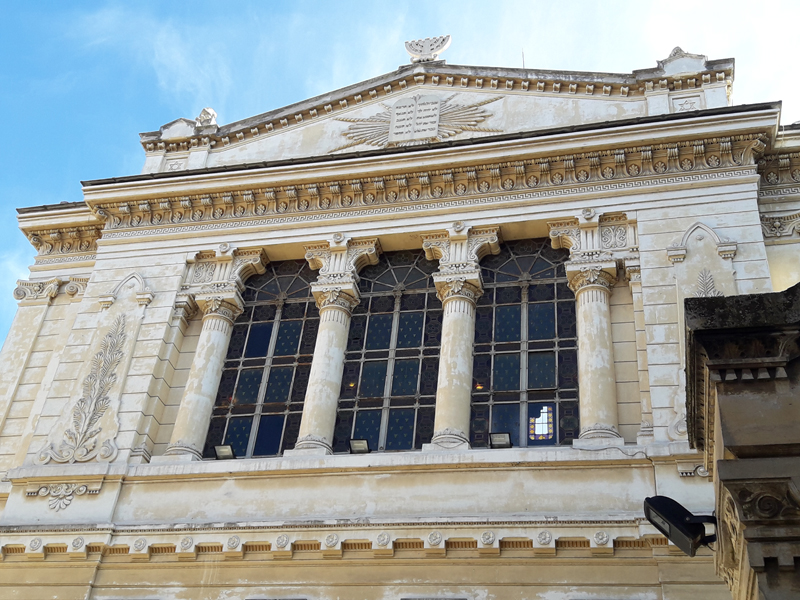
The Jewish Quarter in Rome is a world of its own, an enclave built by the constraints of a dark history. But since it has become an inviting and elegant corner in Rome, attracting both locals and tourists. It is located just off the busy Lungotevere de’ Cenci street running along the Tiber River. The Great Synagogue of Rome, the cultural and symbolic centre of its ancient Jewish community, marks the entrance to, and is one of the focal points of, the neighborhood. Built in the late nineteenth century, it is the largest synagogue of the city, and has withstood multiple attacks.
Old and new blend together seamlessly here, as in so many Roman landscapes. Men and boys in kippahs stroll down the cobblestoned Via del Portico d’Ottavia, flanked by kosher restaurants, food shops, and cafés with al fresco seating. L’Oro di Roma, or the Gold of Rome, the 1961 film by Carlo Lizzani, recounts the dreadful events that took place in the heart of the Jewish ghetto. The street Largo 16 Ottobre 1943 is named in memory of the Raid of the Ghetto of Rome, which saw the deportation of over 1,000 members of the Jewish community to the Auschwitz concentration camp. A plaque on the Vittorio Polacco elementary school reads, in Hebrew and Italian: “In memory of the 112 students whose lives were lost in Nazi extermination camps.” The ancient structure of the Porticus Octaviae, which once enclosed temples of the gods Jupiter and Juno, dates back to Imperial Rome. The open-air Theatre of Marcellus, or Teatro Marcello, a relic of the Roman Republic, stands not too far away. Visitors can walk through the ruins and end up at Via del Teatro di Marcello, which leads to Piazza Venezia and the Vittoriano monument.
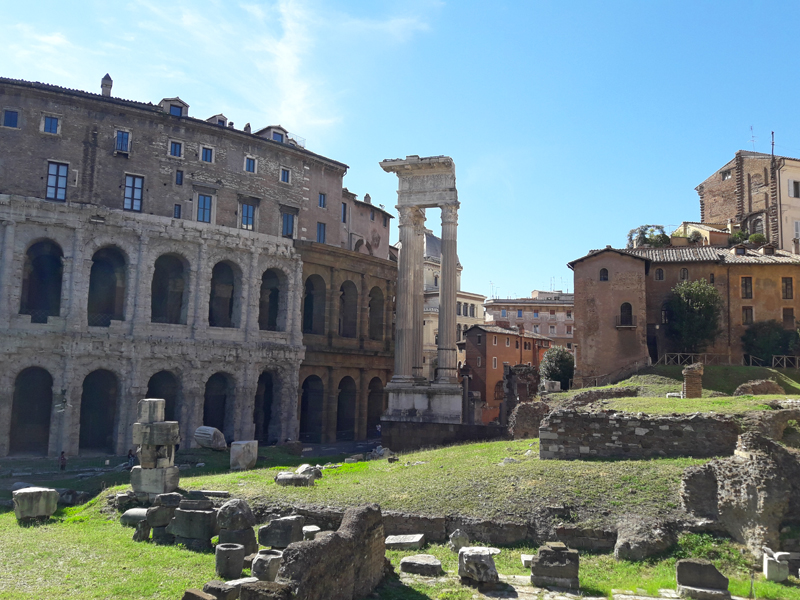
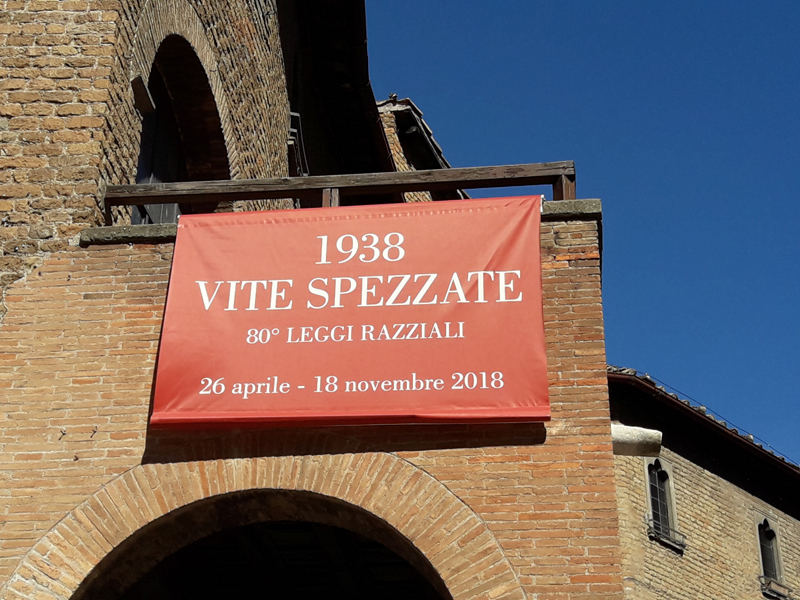
Rome’s Holocaust museum foundation, ‘Museo della Shoa,’ has opened the exhibit Vite Spezzate, or Shattered Lives, at the Casina dei Vallati, also located on Via del Portico d’Ottavia, in solemn commemoration of the leggi razziali, or the Italian Racial Laws of 1938. This year marks the 80th anniversary of the promulgation of the Racial Laws, in which the fascist government legislated discriminatory policies against Italian Jews.
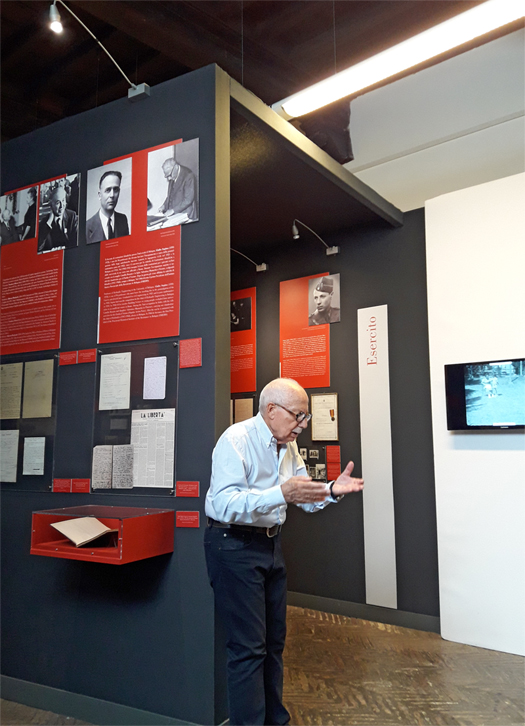
I walked into the museum to find an older gentleman, the curator Marco di Porto, engaged in conversation with two visitors. When the Allied forces liberated Rome in 1945, Marco, his family, some fifty other Jewish families, along with partisan fighters and soldiers who had deserted the army after the armistice, had been hiding in a convent for months on end. The displays tell stories of lives shattered by the racist laws, stories of students expelled from universities, artists of every sort intimidated into forsaking their crafts, lawyers and doctors forbidden from practicing, athletes forced out from their teams–a country deprived of the potential and progress these individuals would have otherwise offered. Identification cards, passports, official statements, and photographs line the walls, documenting the history of this epoch from its origins to the Liberation. Tragically ironic is the story of Arturo Foà, the Jewish poet and fascist interventionist who produced numerous works exalting his home country. With the introduction of the racial laws, he was dismissed from his editorial position and later arrested in 1944. He was finally deported to Auschwitz, never to return.
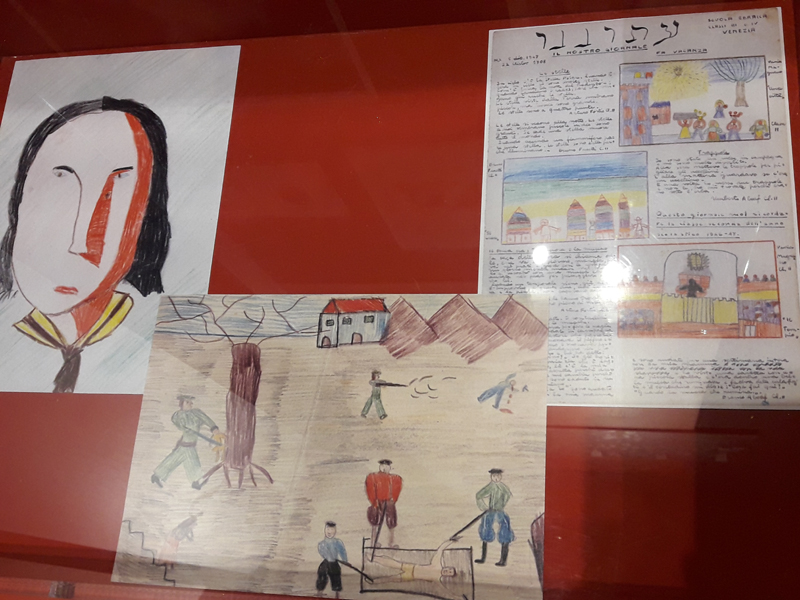
Visiting the museum is sobering, and the events it recalls remain pertinent in light of new divisions and tensions even as old ones persist. But stepping out from the museum and seeing the tranquillity that inhabits the modern neighborhood is a testament to the resilience of the community–and Rome at large. The Ghetto rightfully recognizes its past, with commemorative plaques and exhibitions, but also promises a delightful, fresh experience.
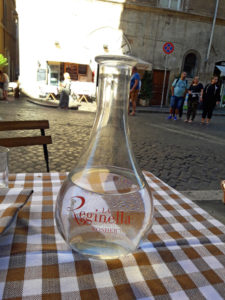
As a man played Hava Nagila on his accordion, I stopped across the street to dine at La Reginella, which serves classic Kosher, Romano-Jewish cuisine. I highly recommend the delicious assaggi ebraici, a sample platter of quintessentially Jewish plates: anchovy and endive pie, roasted tomatoes, and marinated zucchini. Be sure to also try the classic artichoke dishes: Jewish-style, grilled, or battered. There is something on the menu for everyone, including the simple but universally appealing pizza margherita. Strolling through this charming, timeless neighborhood, indulging in its many unique features, and exploring its rich past will undoubtedly constitute a most fulfilling experience.
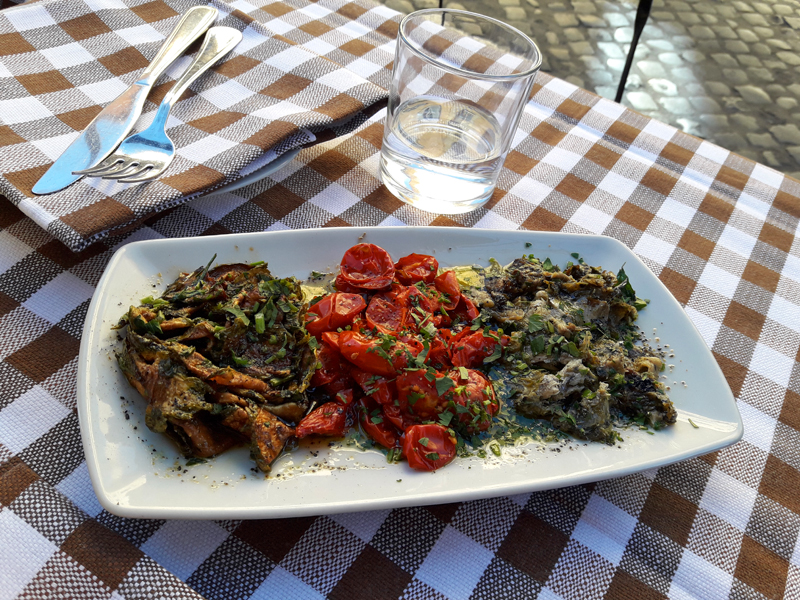
The Shattered Lives exhibit will be hosted at the museum until November 18. Entrance to the exhibit is free. The museum is open Sunday to Monday, from 10 AM to 5 PM, and Friday, from 10 AM to 1 PM. It is closed on Saturdays and Jewish holidays.
